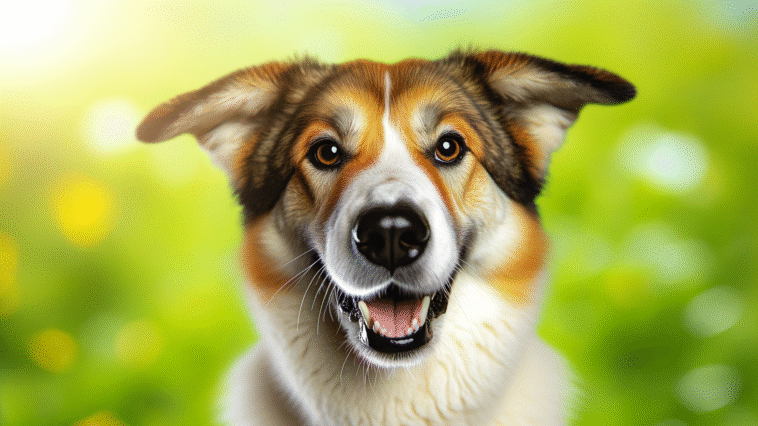Have you ever witnessed a cute puppy struggling to grasp the concept of playing fetch? The viral video of Posi, the fluffy Golden Retriever, tugs at our heartstrings as we see her owner attempt to engage her in this classic game. As a dog trainer with years of experience, I’ve encountered many dogs like Posi who may need a little extra encouragement when it comes to interactive play. Let me share some tips on how you can help your furry friend enjoy fetch time to the fullest.
Firstly, it’s important to understand that every dog is unique, with their own preferences and learning pace. While some pups might immediately take to fetch with enthusiasm, others, like Posi, might need more time to warm up to the idea. In my experience, patience is key when introducing new games or activities to your dog.
**1. Start Slow and Make it Fun:** When teaching your dog to play fetch, begin by keeping the game light-hearted and enjoyable. Use their favorite toy or treat to pique their interest. Toss the object just a short distance at first to prevent overwhelming them. Positive reinforcement, such as praise or a small treat, can motivate your dog to engage with the toy.
I remember working with a Labrador mix named Max who was initially disinterested in fetch. Instead of forcing the game on him, I started by rolling the ball gently towards him. Max gradually became more engaged as he realized this could be a fun and rewarding activity. By starting slow and focusing on fun, you can help your dog associate fetch with positivity.
**2. Incorporate Training and Bonding:** Playing fetch isn’t just about physical activity; it’s also an excellent opportunity to strengthen the bond between you and your dog. Use fetch time as a chance to reinforce basic commands like “fetch,” “drop it,” or “come.” By integrating training into play sessions, you’re not only keeping your dog mentally stimulated but also deepening your communication and connection.
One memorable experience I had was with Luna, a Border Collie who was eager to learn new commands. During our fetch training sessions, I incorporated cues like “wait” before throwing the ball and “bring it back” when she retrieved it. Luna thrived on the mental challenge and quickly mastered the game while sharpening her obedience skills.
As you spend time teaching your dog to play fetch, remember that every interaction is an opportunity to bond, communicate, and have fun together. Celebrate your pup’s progress, no matter how small, and tailor your approach to suit their individual personality and preferences.
Now, I’d love to hear from you! How has your dog responded to playing fetch? What strategies have you found most effective in encouraging them to participate in interactive games? Share your stories and tips in the comments below. Let’s continue learning and growing together as dedicated dog owners!




